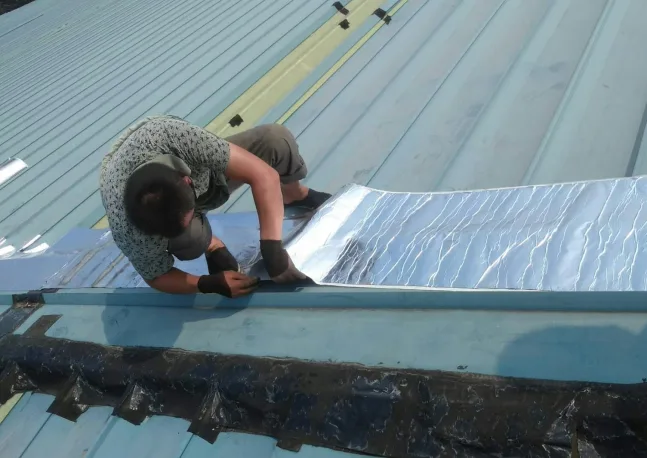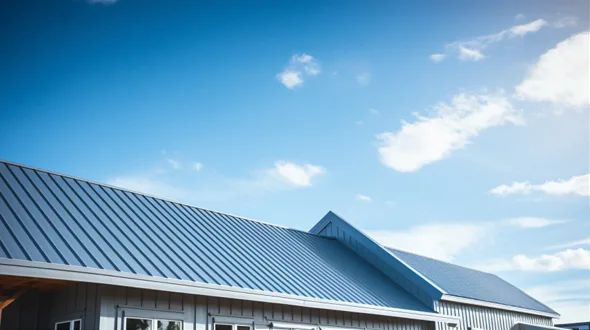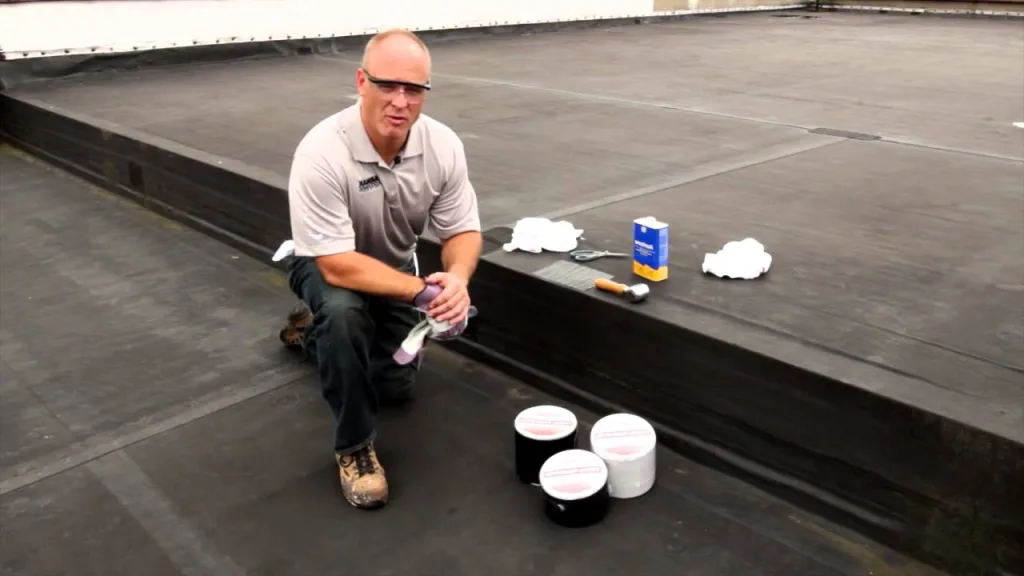Have you ever laid out a beautiful roll of synthetic turf only to struggle with making those seams disappear? Seamless artificial grass can turn your project into a flawless oasis, but the seaming process requires more than just sticking two pieces together. In this article, we will guide you through every essential step, tool, and technique to achieve the perfect seam using artificial grass seaming tape. You’ll learn about different types of tapes, what mistakes to avoid, and how to make those seams invisible—just like a pro.
What Is Artificial Grass Seaming Tape Used For?
Artificial grass seaming tape is essential for securing synthetic turf pieces together, ensuring that they stay firmly bonded in any climate and on any surface. Whether you’re working on a backyard putting green, a large landscape area, or a sports field, artificial grass seaming tape provides a reliable solution to keep your turf intact.

Here are a few common uses for artificial grass seaming tape:
Residential Lawns: Ideal for creating a seamless and lush lawn in your backyard.
Sports Fields: Vital for binding large sections together for soccer, football, or any synthetic turf sports ground.
Pet Areas: Ensures safety and stability for high-wear zones where pets run or play.
Playgrounds and Schoolyards: Guarantees that children have a soft and hazard-free play area.
Commercial Installations: From hotels to business facades, artificial grass seaming tape helps in constructing a clean, professional look.
Common Types of Artificial Grass Tape
When it comes to joining synthetic grass, not all tapes are created equal. Let’s dive into the different types of artificial turf tape available and understand which one works best for your specific project.
Artificial Turf Seaming Tape
This is the most commonly used tape for seaming synthetic turf. Artificial turf seaming tape is designed to provide a sturdy bond between two sections of grass, especially when combined with adhesive glue. It’s durable, weather-resistant, and perfect for most landscaping installations.

Double-Sided Artificial Grass Tape
Double-sided artificial grass tape features adhesive on both sides, making it a good choice for smaller projects or those that don’t require additional glue. It’s fast and simple, and because it eliminates the need for spreading glue, it’s popular for DIY enthusiasts.
Aluminum Foil Artificial Grass Tape
Aluminum foil artificial grass tape is less common but works well for installations on non-porous surfaces, such as concrete or metal. It provides a robust barrier between the surface and the grass while offering excellent adhesive properties.
Preparations Before Seaming Your Synthetic Turf
The most important step to a successful seaming job is following our seaming guidelines. These simple steps can make or break the integrity of your artificial grass seam.

First, remember to always work with clean surfaces and take your time to avoid rushing. Follow these tips for the best results:
Cutting the Edges Properly: Always cut off the outer three tuft lines on either side of the grass before making your seam. This helps prevent the fibers from leaning outward.
Spacing the Seam Correctly: Leave a 3/8-inch (1 cm) gap between the two pieces you’re joining. Too little space can create a “mohawk” effect along the seam, while too much space might result in a visible valley.
How to Seam Your Artificial Turf
Once you’re familiar with the guidelines, it’s time to start the actual process of seaming. Below, I’ve broken down the steps to make it as easy as possible for you.
Step 1: Place Your Turf Pieces
Place the second roll of turf as close to its intended position as possible. Make sure that you have enough overlap to trim excess tufts later.
Step 2: Trim Edges and Align
Flip the edges over and carefully cut off the last 3 to 5 tufts on each side. Ensure the blade stays close to the tuft to minimize excess backing.
Step 3: Adjust the Spacing
Align the two pieces so that the tufts land at the same distance apart throughout your seam. Ideally, maintain a gap between 3-6 mm to keep the seam from looking unnatural.

Step 4: Lay the Seaming Tape
Fold both pieces back about 20-25 cm and lay your seam tape centered directly under the seam line. This is the backbone of your seam, so ensure it is perfectly aligned.
Step 5: Spread Seam Glue
Using a spreader, evenly apply seam glue on the seaming tape. A thin coat works best—glue expands as it cures, so avoid over-application.
Step 6: Zip the Turf Together
Start at one end and bring the two pieces together evenly, working your way across like a zipper. Keep the fibers upright and avoid pushing them into the glue.
Step 7: Secure and Let It Set
Place 30 cm wide strips of wood over the seam and weigh them down using infill bags for about 45-60 minutes. This ensures the glue cures properly and creates a strong, seamless bond.
Conclusion
Seaming artificial grass might seem like a daunting task, but with proper preparation and the right tools, it becomes a breeze. Remember, a flawless installation is all about attention to detail, from trimming the edges to applying the correct amount of glue. Fonitaniya Adhesive Tape™ has been providing adhesive solutions, including synthetic turf joining tapes, for over 15 years, and we take pride in innovating reliable specialty tapes for your project.
FAQs
How long does artificial grass tape last?
Artificial grass seaming tape, when installed correctly, can last as long as the turf—typically up to 10-15 years depending on foot traffic and weather.
Can I install artificial grass tape without glue?
Double-sided artificial grass tape can be used without glue, but it’s recommended only for smaller installations.
Is artificial turf tape weather-resistant?
Yes, most artificial turf tape is designed to withstand various weather conditions, including rain and UV exposure.
Why does my artificial grass seam show?
The seam may show if proper spacing isn’t maintained, glue is over-applied, or if tuft lines are misaligned. Always follow spacing and trimming guidelines.
Can I use any adhesive with artificial grass seaming tape?
No, it’s important to use adhesive specifically formulated for synthetic turf to ensure a durable bond.




